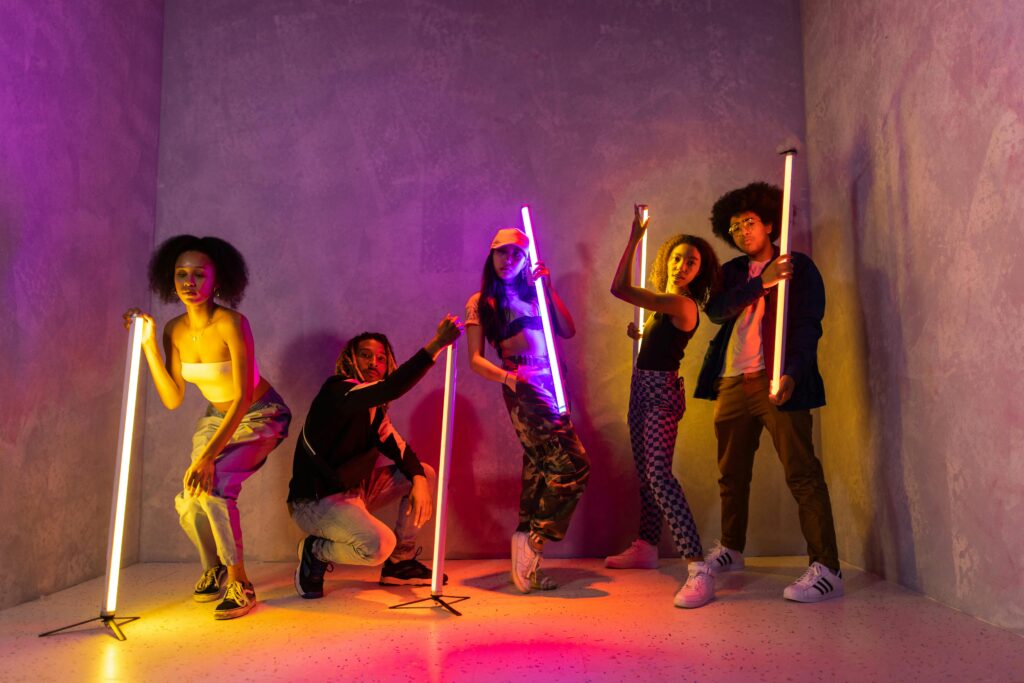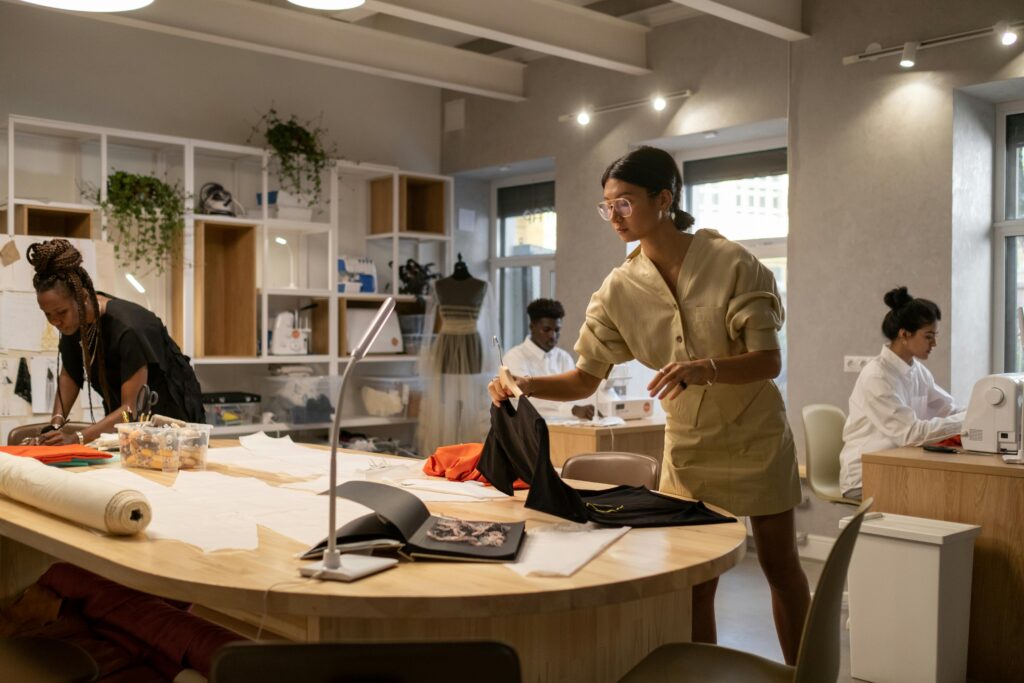
The Designer Who Adopts The Nightlife Styles
The club’s fashion culture in the vibrant lights of the underground scene, fashion discovers one of its most bold and transformative inspirations. The culture of the club. By emerging at the end of the 20th century and developing for years of challenge, deliries and bold self -expression, the culture of the club has significantly molded the appearance and styles in music, art and fashion. The vibrant energy of nightlife is being used by a new generation of fashion designers to create high fashion. These designers are turning dance clues into clues and transforming alternative styles into a luxury way.
From The Dance Floor To The Culture

The design club is not simply a trend; It represents a significant movement. Based on diversity, inclusion and freedom to experiment, it has led to the creation of some of the most daring fashion statements in history. Clubwear has always focused on challenging conventional standards, from clubs inspired by the London punk in the 1970s to Berlin technology clubs and New York’s drag balls.
These borders are currently being expanded by designers such as Martine Rose, Harri and Charles Jeffrey Loverboy. They combine aspects of queer identity, gender fluidity and youth challenge with the aesthetics of the club in their creations. Large shapes, unusual materials, bright colors and cybernetic details transmit both visual attraction and cultural meanings found in nightlife environments.
A Representative Personality Canvas In Its Essence
The club’s fashion represents not only its clothing options, but also its identity. In these night environments, people take control of their identities. Designers inspired by this philosophy develop functional and individualistic clothing, motivating users to freely and with confidence their self -expression.
Let’s take, for example, the Palomo Spain brand, which is known for its vibrant and folded gender designs that take their signs of the dramatic essence of the drag culture and the fashion of fans of the nightclubs of the 1980s of the 1980s. Or Hood by Air fuses street clothes and high fashion, influenced by the perspectives of the culture of queer and black clubs. These designers not only get their ideas from clubs, but also spend a lot of time in them, realizing that fashion is a way of challenging the convention.
The Music, Technology And Mentality
“Do It Yourself” of today’s designers, influenced by the club’s culture, combine technology, music and an attitude of DIY with fashion. Several collections incorporate more and more luminescent fabrics, sound sensitive materials and augmented reality. This is not simply a show; It serves as a direct connection with the attractive and multisensory environment found in club environments.
Independent brands and groups are flourishing, using social networks to avoid conventional fashion guardians. Occasions such as underground exhibitions of Berlin Fashion Week and Queer Fashion Day of London honor the combination of nightlife and fashion, transforming fashion parades into dance parties and vice versa.
The Future of Fashion Is Flexible

As fashion becomes more inclusive, the principles of the club’s culture, which include freedom, change and individuality, are paving the way forward. Designers influenced by nightlife are not only making clothes. They are building communities, bringing the voices of people who are not heard so much in the public eye and push the fashion industry to rethink how beauty, gender and power.
Fashion exhibits its greatest expression, not on a track track but on a dance floor, at the brief moment of a strobe or the powerful rhythm of a rhythm.The creators of the club’s culture make sure everyone is paying attention.


